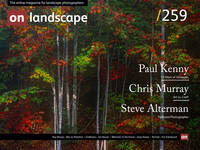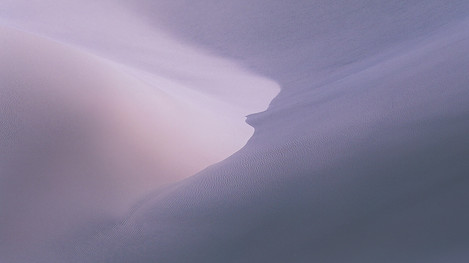Using Experimentation and play to harness the chaos in nature

Matt Payne
Matt Payne is a landscape photographer and mountain climber from Durango, Colorado. He’s the host of the weekly landscape photography podcast, “F-Stop Collaborate and Listen,” co-founder of the Nature First Photography Alliance, and co-founder of the Natural Landscape Photography Awards. He lives with his wife, Angela, his son Quinn, and his four cats, Juju, Chara, Arrow, and Vestal.
After sunset on a scorching hot Easter Sunday, I was hiking back to my car with my friend Kane Engelbert through the dunes of White Sands National Park in New Mexico, and as it typically goes with my friend Kane and I, we filled the time by talking about photography. We had just photographed an incredibly beautiful scene where the diffused warm light after sunset cast pastel colours onto the white sand dunes, creating one of the more memorable moments we had both experienced. As such, we were both in a fantastic mood. Our conversation quickly turned to discuss other photographers’ work that we admired and my friend Kane immediately asked me if I had “heard of this guy named Eric Erlenbusch, or “ee_visual” on Instagram. I emphatically affirmed that I not only had heard of him but that I was a big fan of his work. Where the conversation went next was interesting because usually these sorts of conversations end quickly and we move on to the next person; however, Kane and I talked at length about how Eric sets himself apart as a nature photographer. What we had both noticed about Eric’s photographs is that many of them possessed a chaotic composition that still somehow worked well. Of course, thinking about and discussing composition from the perspective of chaos is no easy task and we were both quite stumped as to how Eric was able to pull it all off. I’ve put some thought into this since then and I believe there are several factors that contribute to Eric’s ability to do this: embracing experimentation and play in his fieldwork; seeking out and photographing cryptic subjects in a more random style; and the use of curiosity and openness.


